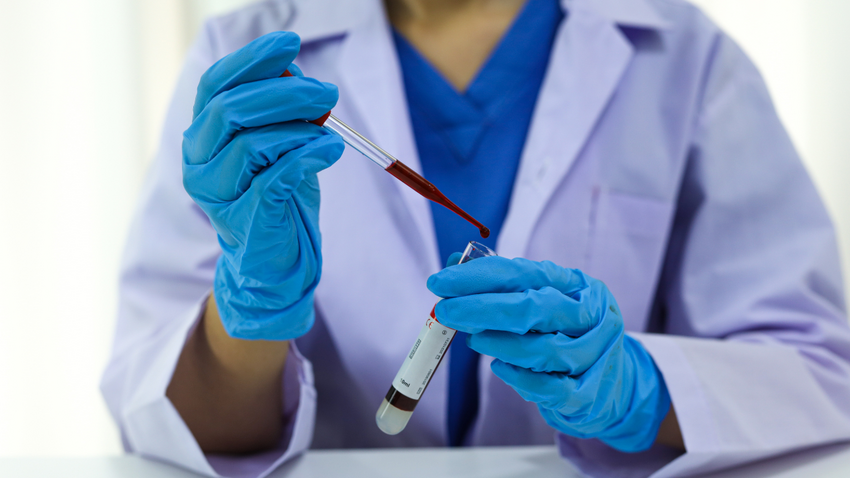Pacific Children Face Some of the Highest Rates of Bone and Joint Infection in the World

A new study published in the New Zealand Medical Journal has found that Pacific children living in Aotearoa experience some of the highest rates of serious bone and joint infections (BJI) globally, and that these infections tend to be more severe and complex than those seen in other ethnic groups.
Researchers looked at 563 children across Auckland who were hospitalised for acute bone and joint infections between 2018 and 2023. Of these, 27% were Pacific children.
The study revealed that:
-
Pacific children are twice as likely to develop bone and joint infections compared to NZ European children, with rates reaching 38 cases per 100,000 children each year.
-
Two-thirds (66%) of Pacific children experienced complex or severe illness, often requiring multiple surgeries or intensive care.
-
Pacific children were more likely to have multifocal sepsis (30% vs 10%), bacteraemia (60% vs 34%), and longer hospital stays (average 14 days vs 9).
-
Eczema was found in one-third of Pacific children with BJI, more than any other ethnic group, and was linked to severe infection.
Researchers say eczema management may be a key focus for prevention, as children with eczema are more prone to skin infections that can develop into serious bone or joint illness.
Interestingly, the study also found that children who had previously tested positive for Group A Streptococcus (GAS) throat infections were less likely to develop severe forms of BJI, suggesting possible protective immune effects.
The authors emphasise that Pacific children face unequal health outcomes, and better community-based care, including skin health management, early infection checks, and access to primary care, could help reduce hospitalisations and long-term complications.
“It’s clear that childhood bone and joint infections represent a significant public health problem, disproportionately affecting Pacific families,” the paper states.
“Proactive and effective eczema management in the community may help prevent more serious disease.”
The research highlights an urgent need to address health inequities through culturally responsive care and community-led prevention strategies.
Source: New Zealand Medical Journal (24 Oct 2025). “Bone and Joint Infections in Pacific Children of the Auckland Region.”
